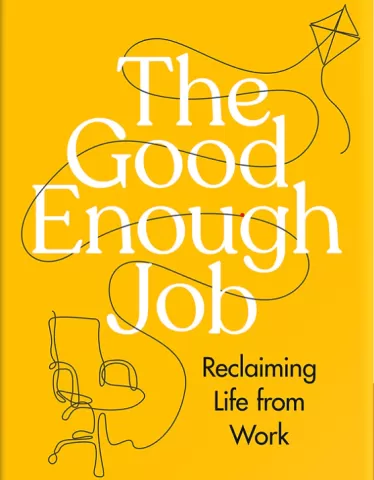The Emotional Contagion Effect at Work – How it Impacts Burnout

If you've ever worked with a toxic colleague or boss, you know the toll it can take both personally and professionally. The term "toxic" is used frequently, and for good reason. A Harvard Business School (HBS) study describes toxic workers as those engaging in harmful behavior towards an organization's property or people. In extreme cases, they can cause financial losses and harm employees. Even moderate levels of toxic behavior can lead to customer loss, decreased employee morale, increased turnover, and loss of legitimacy among stakeholders.
In her book, The Burnout Immunity, Dr. Kandi Wiens found that the link between toxic workers and burnout is strong. Interestingly, it's not the toxic employees who are burning out, but their colleagues. The McKinsey Health Institute studied toxic workplace conditions and burnout, surveying nearly 15,000 employees and 1,000 HR decision-makers across 15 countries. They found toxic behavior was the leading cause of burnout and intent to leave. Employees exposed to high levels of toxic behavior were eight times more likely to experience burnout symptoms, such as exhaustion and disengagement, and burned-out employees were six times more likely to quit within 3 to 6 months.
Why do toxic workers lead to such severe outcomes? Simply put, they make work life miserable. Disrespect, bullying, harassment, and unethical behavior from colleagues or bosses can make anyone dread going to work. The more contact you have with such people, the higher your risk of psychological harm and burnout. Moreover, toxic workers spread their negative emotions and behaviors to others, a phenomenon known as emotional contagion. This is the key difference between merely difficult employees and genuinely toxic ones—their harmful behavior proliferates throughout the workplace. Exposure to toxic workers increases the likelihood of others becoming toxic as well. People naturally mimic the emotions and behaviors of those around them. A bad mood can spread just like the flu, impacting everyone in the vicinity.
This emotional contagion happens through verbal and nonverbal communication, including body language, facial expressions, tone of voice, and gestures. At work, this can significantly affect employees' moods, productivity, and overall performance. The impact is more pronounced with leaders, as emotions are particularly contagious in power-imbalanced relationships, such as between managers and employees. Studies have shown that a manager's stress can transmit to employees and last up to a year.
Burnout can also be contagious. In a high-stress environment filled with cynicism, disengagement, and low morale, employees are likely to absorb and act out these negative emotions. This is especially true for individuals naturally predisposed to negativity or lacking healthy coping mechanisms. Jobs involving high contact with people experiencing negative emotions, like customer service or healthcare, are more vulnerable. Long-term exposure to others' negative emotions can lead to burnout.
Burnout contagion can occur between individual employees or spread rapidly through group transmission, especially after significant events like layoffs, budget cuts, or cultural changes due to new management. If these events are not addressed properly, they can lead to collective burnout among employees who frequently interact.
To assess your work environment, consider the emotional state of your workplace. Is the general mood upbeat or tense and overwhelming? How do employees respond to stress—do they support each other or succumb to anxiety? Recognizing the emotional climate of your workplace is crucial. Emotional contagion is powerful, and working with people constantly engulfed in negative emotions can pose a significant risk to your own well-being.


